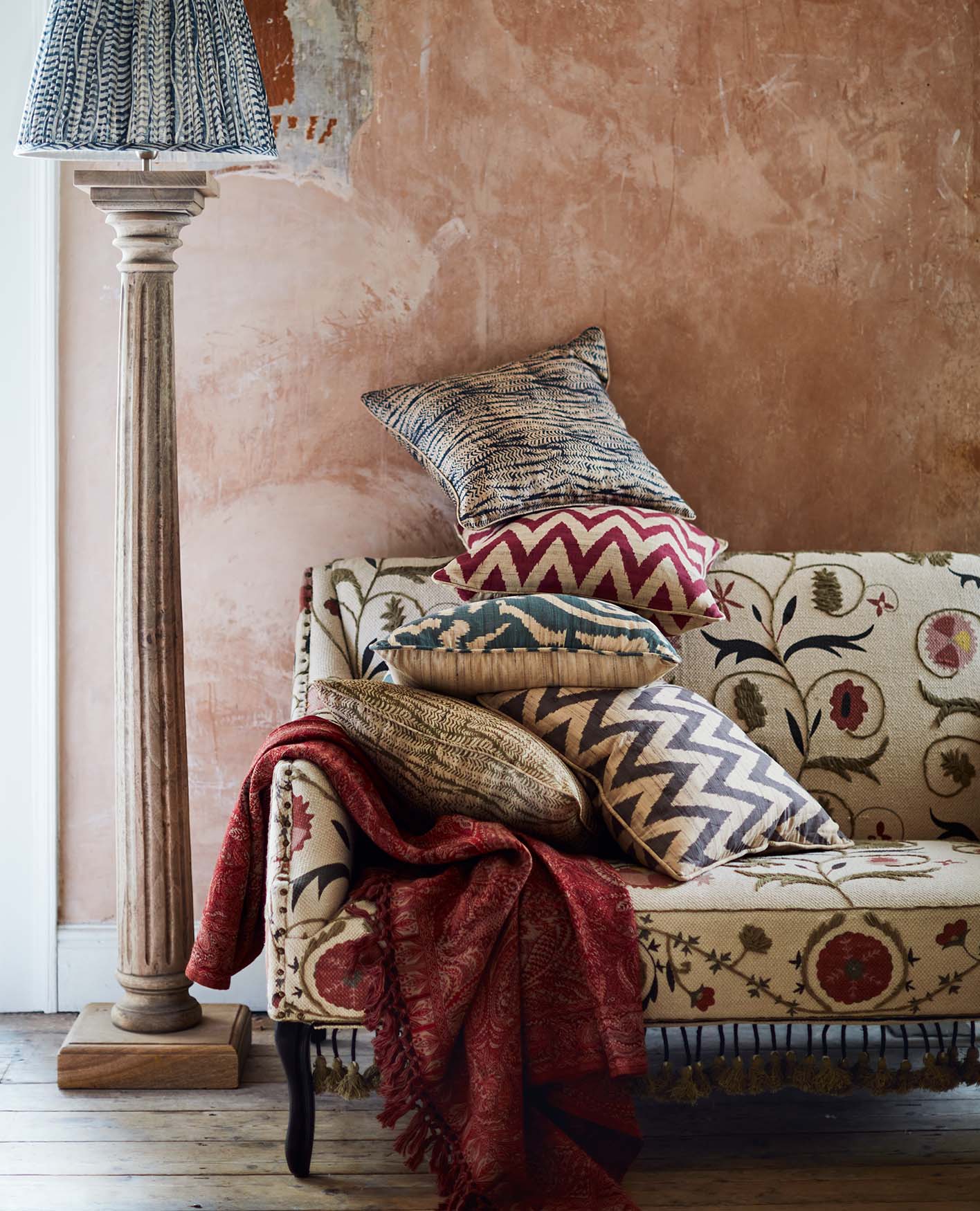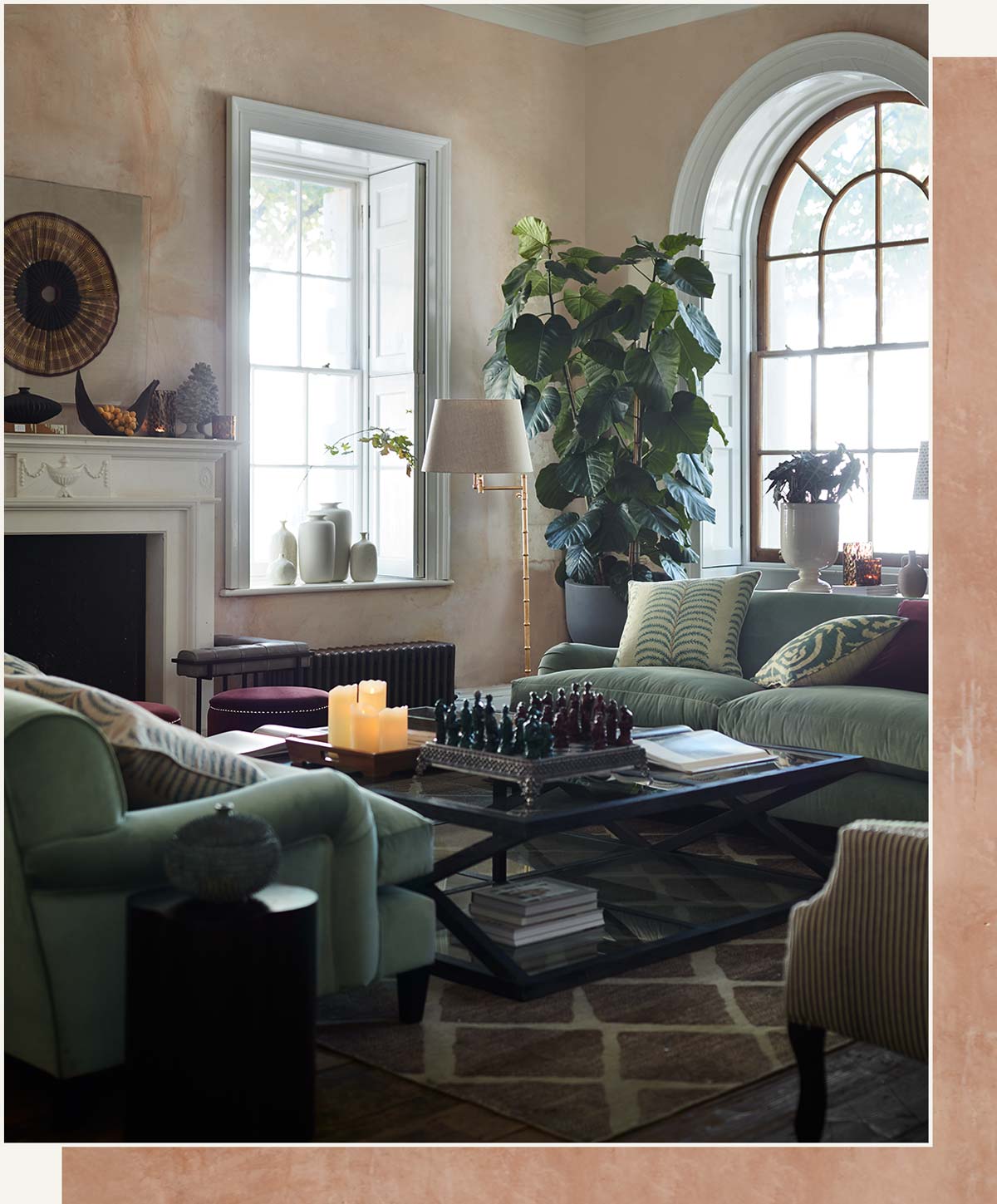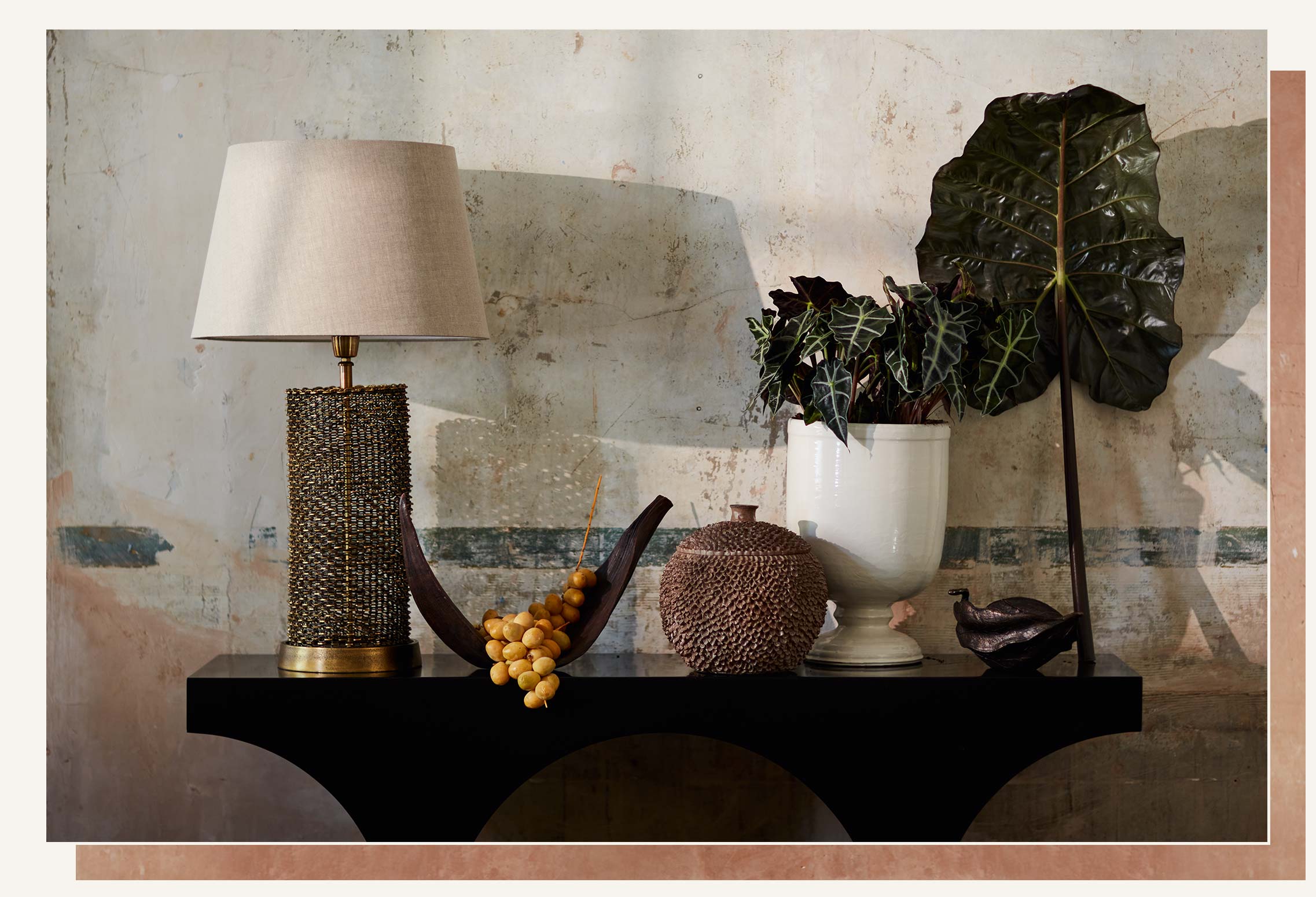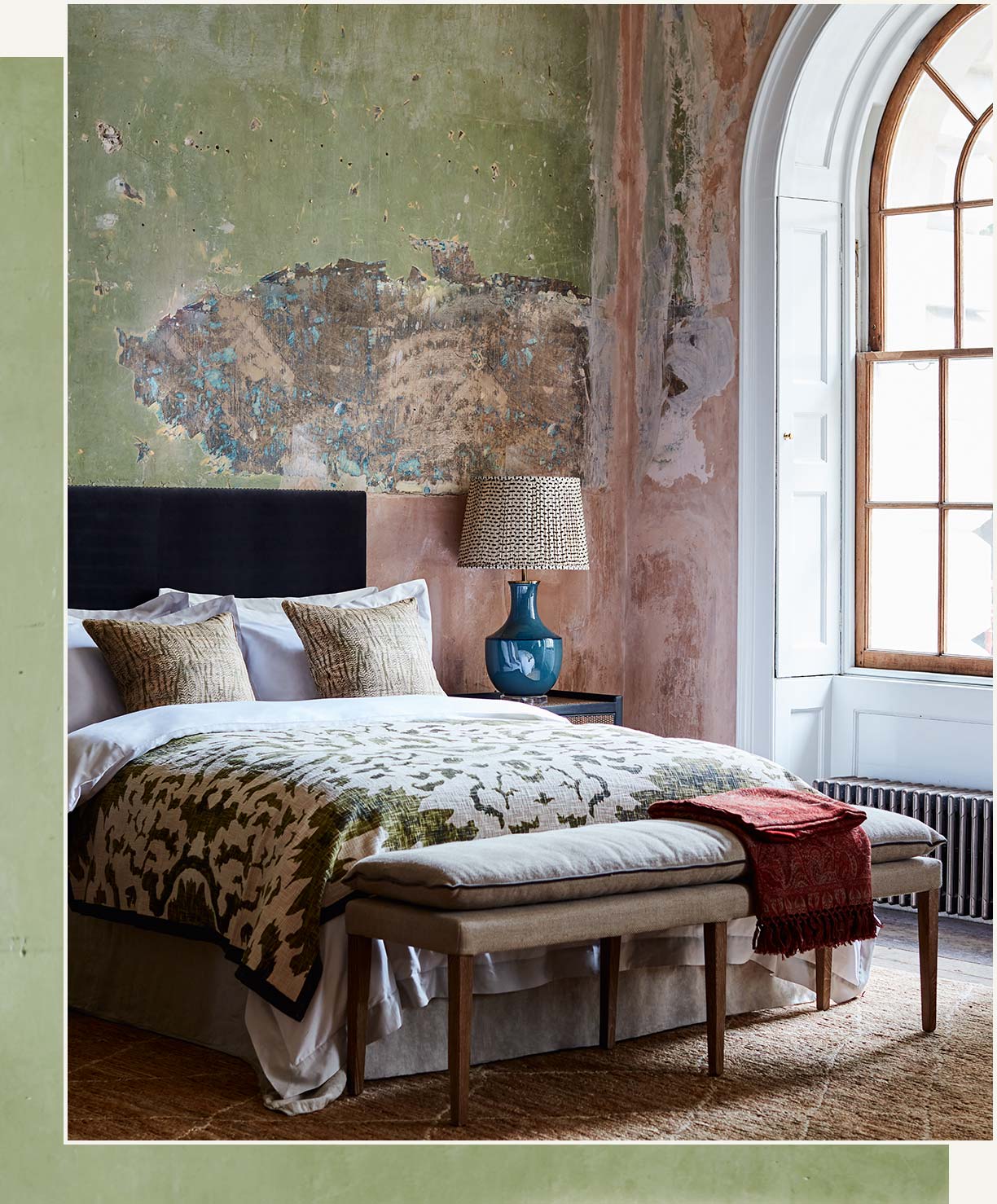A Restored London Landmark Decorated with Rustic Romance



To those that don’t live locally, Clerkenwell can feel like one of London’s best-hidden gems. A pocket of calm a stone’s throw away from the hustle and bustle of the City, it’s a true urban oasis – although this hasn’t always been the case. The neighbourhood has seen more than its fair share of scandal and spectacle in its longstanding history, at the core of which sits Old Sessions House. The grand Grade II listed former courthouse dates back to 1779 and has since played host to many of London’s most notorious ne’er-do-wells, both real and fictional – in his youth Charles Dickens used to report on court cases and his own Oliver Twist later appeared in its docks having been caught stealing a pocket watch. The building has been carefully and sympathetically renovated, leaving the patina of its colourful history etched into the plaster and stonework, alongside the original wood floors of its myriad chambers. In short, there could be no better location to inspire an aesthetic that delicately toes the line between romance and drama – read on to discover how we reimagined the space.


Soft silhouettes in delicately hued upholstery echo the weathered colour palette of the walls, working in tandem with natural elements that are carefully placed throughout – from plants to accessories inspired by flora and fauna – creating a dreamlike setting. The scattering of foliage inside echoes the views out onto the (now verdant) Clerkenwell Green – back in Dickens’ day, “Green” was an overly generous moniker. Wistful colours of pale blue and peach are given substance with drops of deep rioja and black accents. Hints of gold in the lamps and decorations add further whimsical – but glamorous – qualities.


Sleek, black details are seen throughout, via the many ornaments and decorative features that draw the eye to the surfaces; in such a large room this really helps to give it a sense of intimacy, which brings in the coveted cosiness of smaller spaces. The softness of the scheme is grounded and contrasted with edgier elements, such as our Acanthosphere Lamp and the clean lines of the Riet Side Table. The result is a timeless look with a subtle modern twist; perfectly in keeping with the integrity of the reimagined historical masterpiece that houses it.


Choosing accessories and furniture whose form mimics certain features of the building help to celebrate its character, such as the arched designs of the mirrors that imitate the huge dome-shaped windows. Other reflective details can be found in the cabinet doors and the tops of tables as well as the wall art – the mirrored surfaces then become a statement focal point, as well as a subtle room enhancer by redirecting light and making the space feel more open.


When the sun lowers and the large windows no longer infuse the room with natural light, atmosphere can immediately be created at the flick of a switch using glowing table and floor lamps. Matching lampshades and soft furnishings in muted hues pull out pigments from the building’s artfully – if unintentionally – distressed walls, creating a subtle but effective cohesion of colour. All in all, this look is a beautiful balance of old and new – just like the building and area in which it resides.





